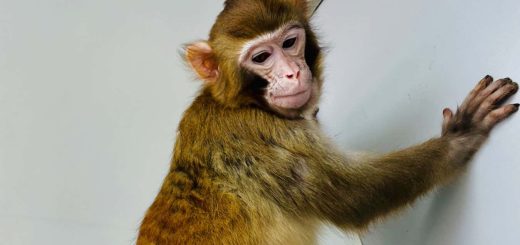Baby pterosaurs could fly right after hatching – but crashed in storms
Two fossils found in Germany show very young pterodactyls with arm bones thought to have been broken in flight, probably because of severe tropical cyclones
By Christa Lesté-Lasserre
5 September 2025
An artist’s impression of a pterodactyl hatchling struggling against a tropical storm
Rudolf Hima
Baby pterodactyls apparently flew within days of hatching – but some broke their wings in rough storms that sent them crashing into a lagoon where they drowned.
Very young pterodactyls had wing structures similar to adults, with the power and aerodynamic features that would enable flight. Even so, palaeontologists have long debated whether such hatchlings could actually fly.
Read more
Largest ever animal may have been Triassic ichthyosaur super-predator
At the Solnhofen site in southern Germany, hundreds of pterosaur fossils lie encased in limestone. While inspecting some of them under ultraviolet light at the Museum Bergér in Harthof, David Unwin and Robert Smyth, both at the University of Leicester, UK, discovered a broken wing in a Pterodactylus antiquus hatchling. Later, they came across another tiny hatchling with the exact same break in the other wing.
“We were shocked,” says Unwin. “And we’re not easily shocked. It just sort of leapt out of the rock when we put the UV light on it. We both kind of went, ‘Bloody hell! Look at this!’”
Unwin and his colleagues estimated that the two animals – with wingspans of only 20 centimetres and bones still in early growth stages – lived about 2 million years apart, roughly 150 million years ago. At the time, the site was part of an archipelago with numerous islands and seawater lagoons, where occasional, severe tropical cyclones would cause rapid underwater mudslides that trapped and preserved fallen animals.


